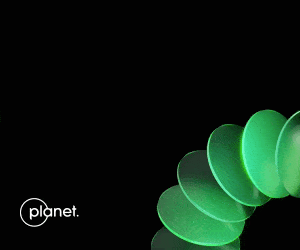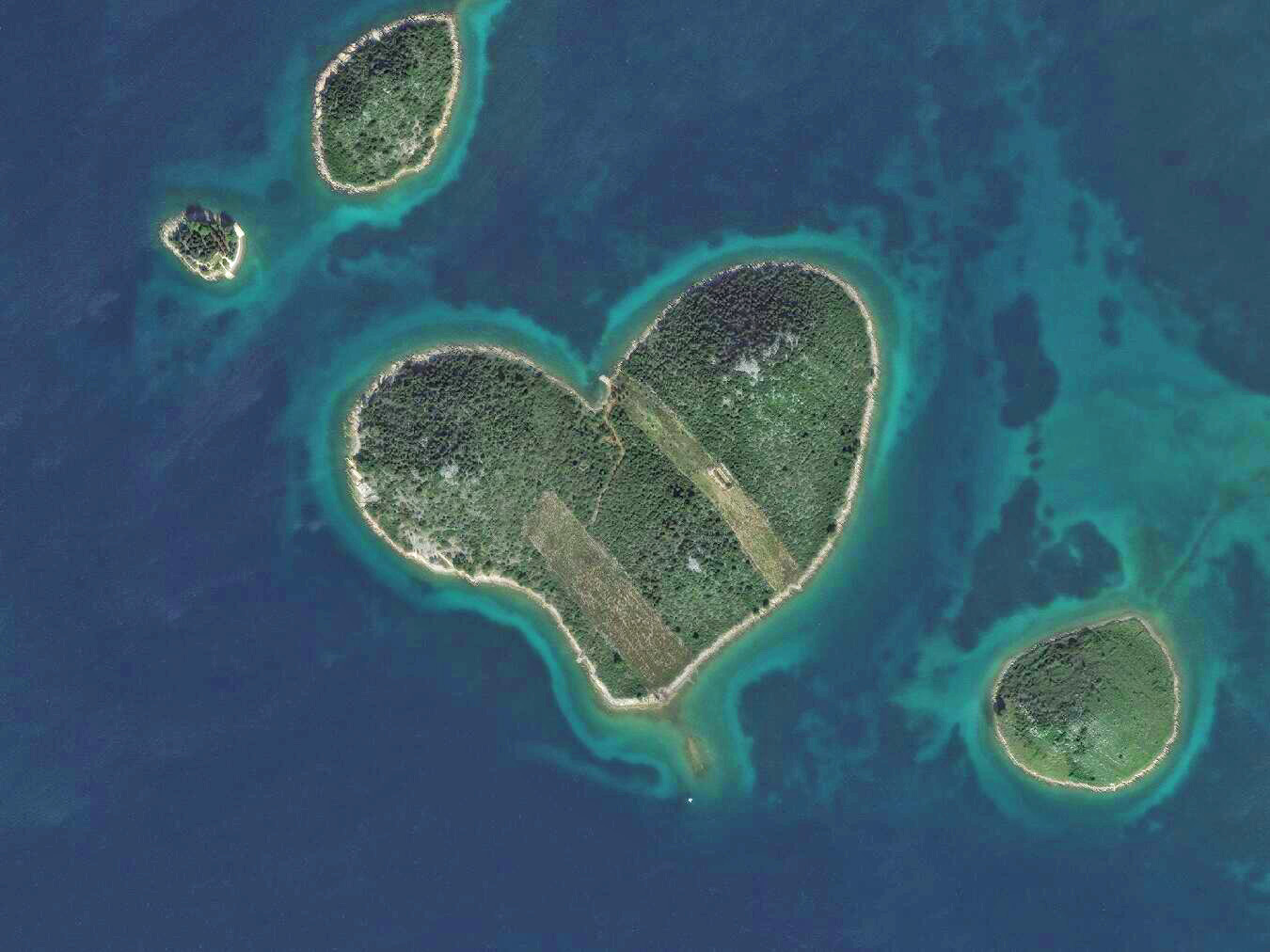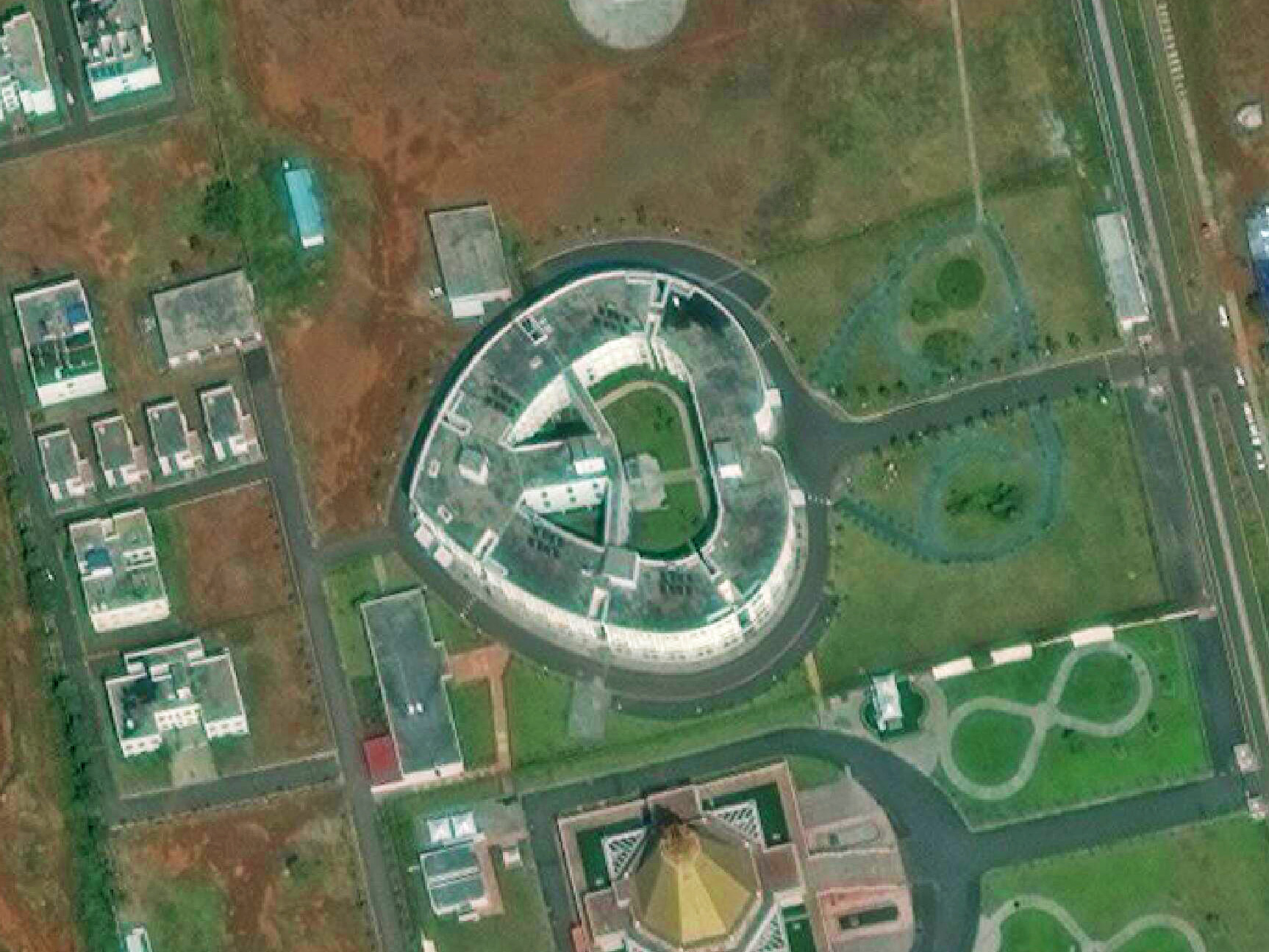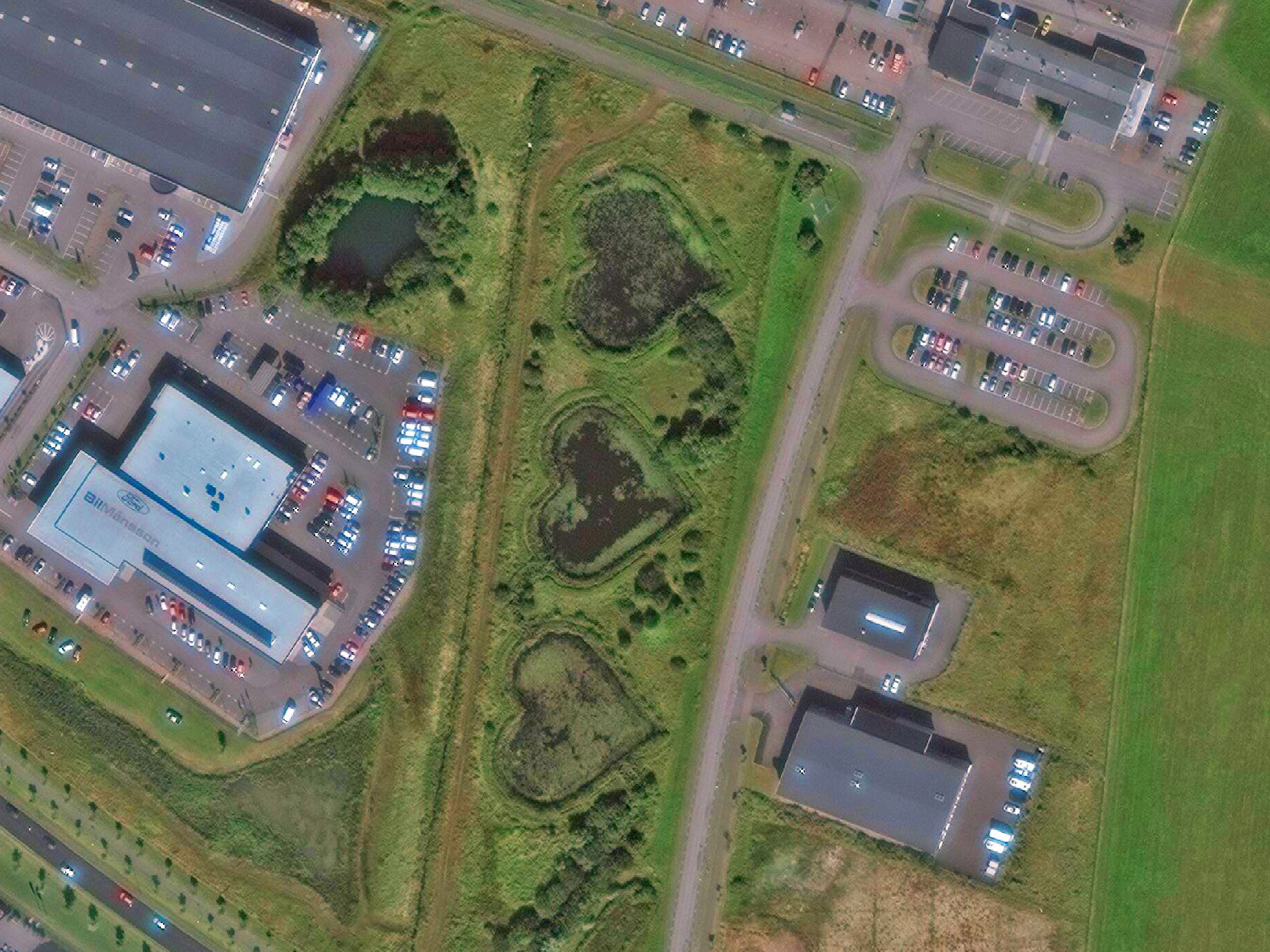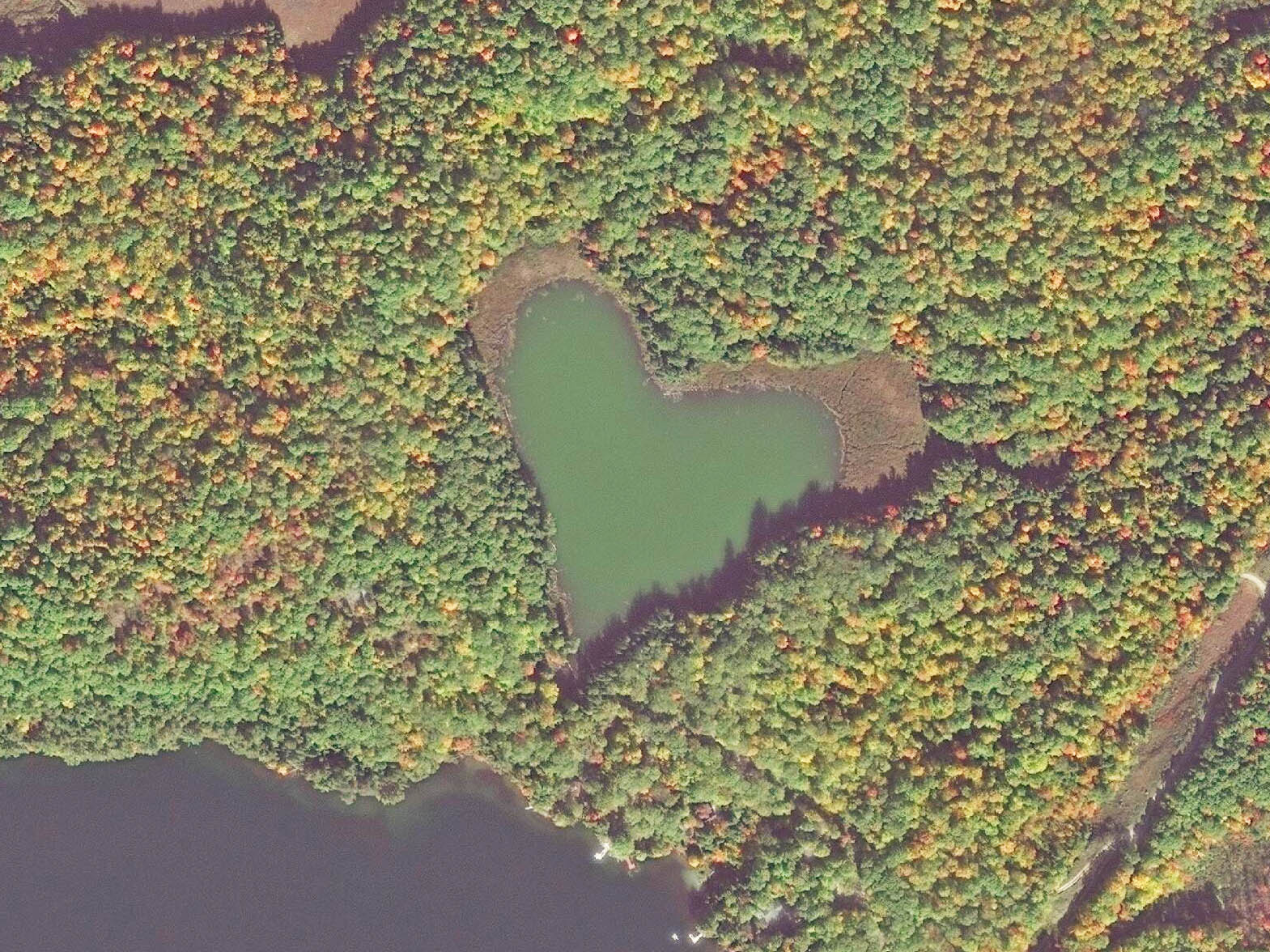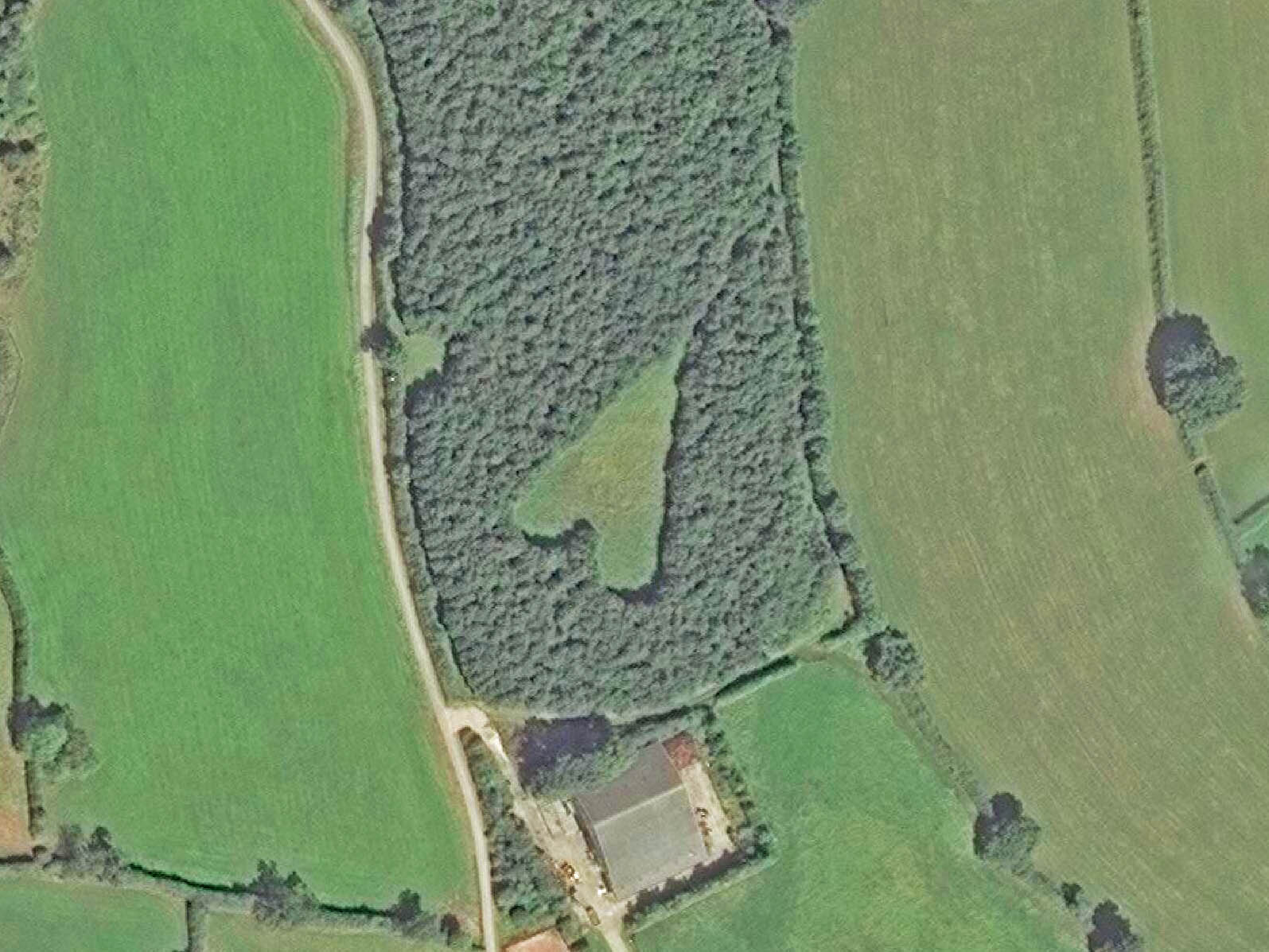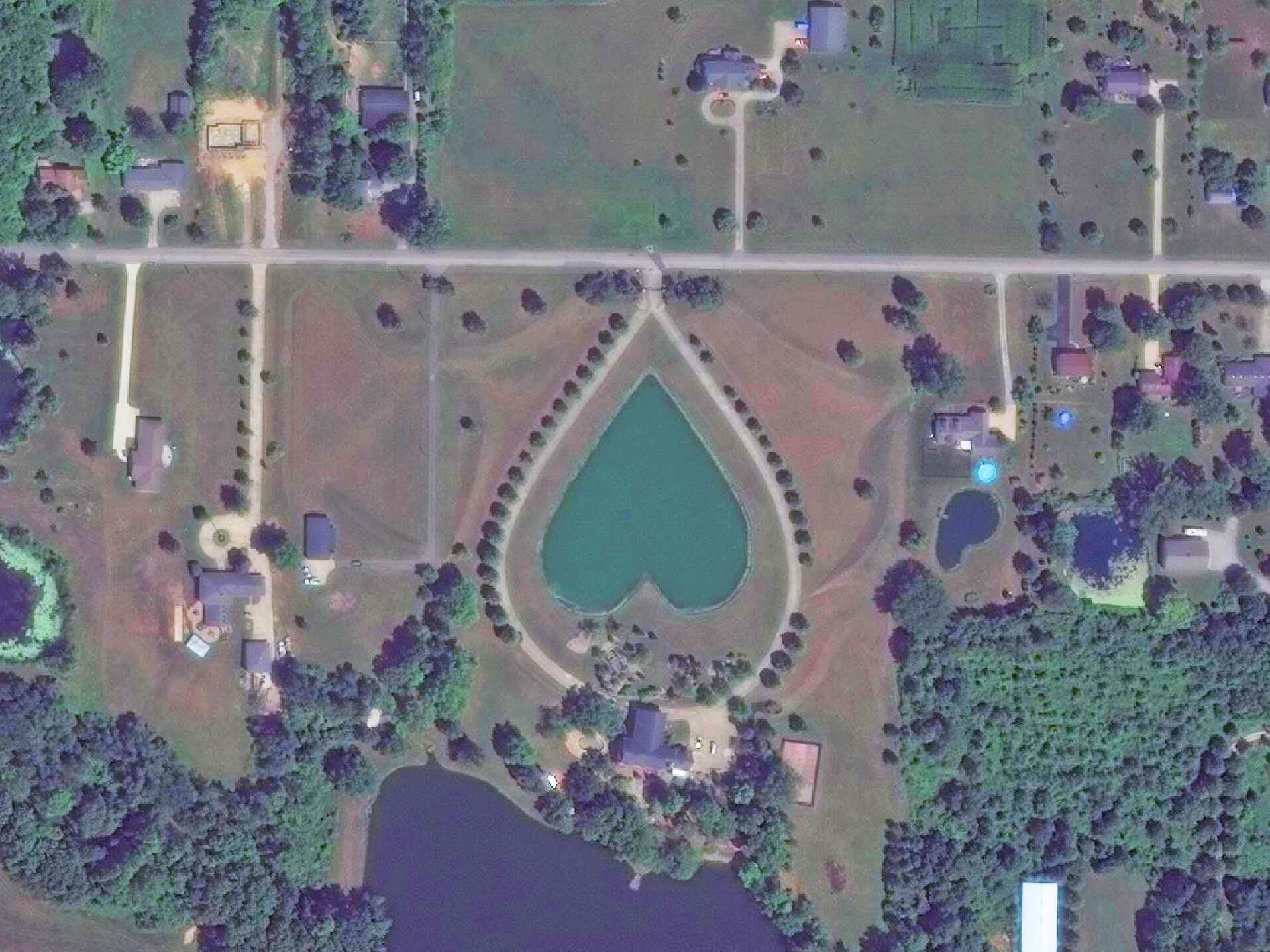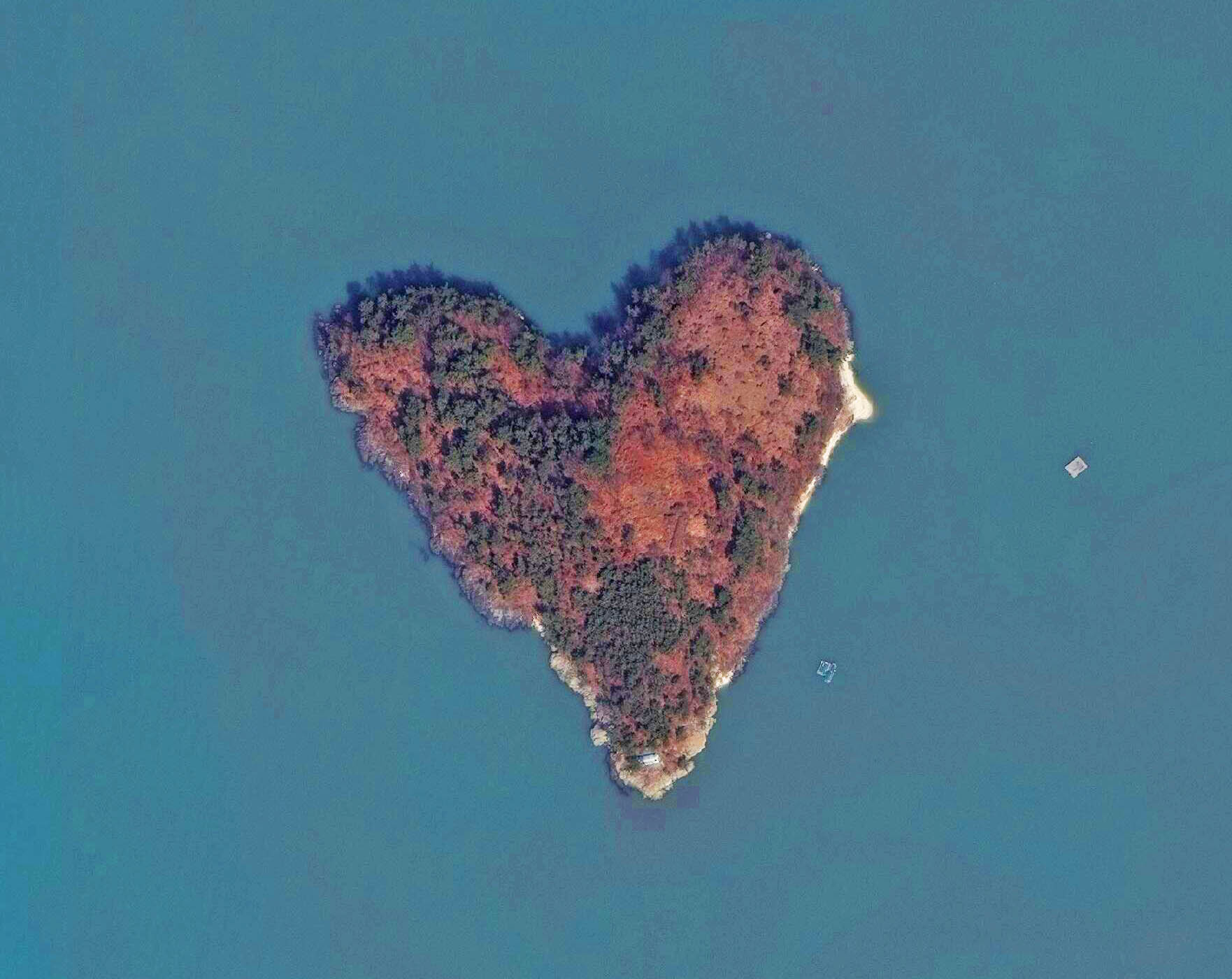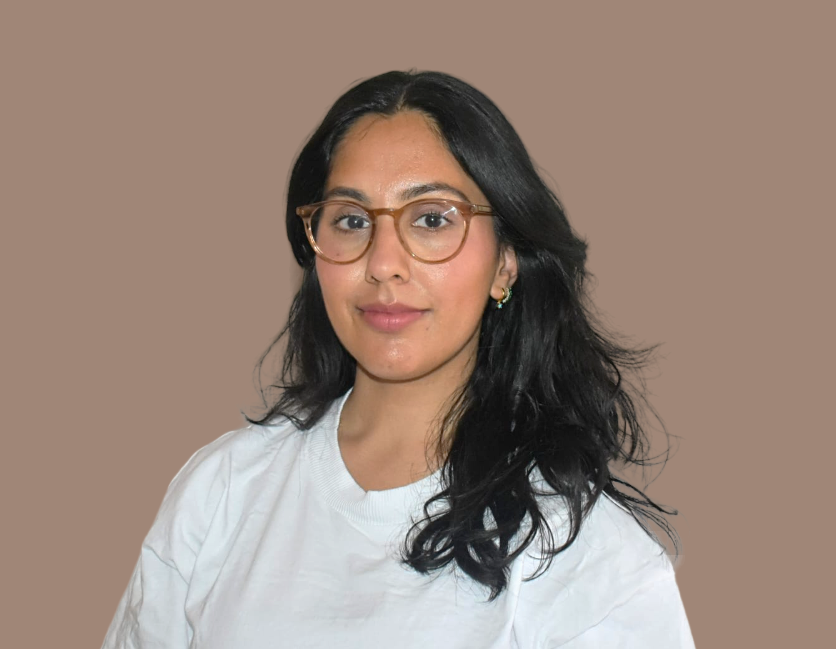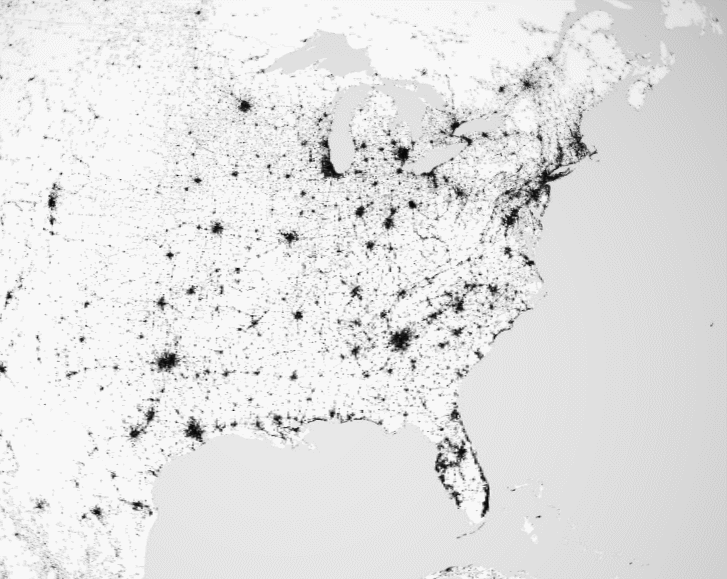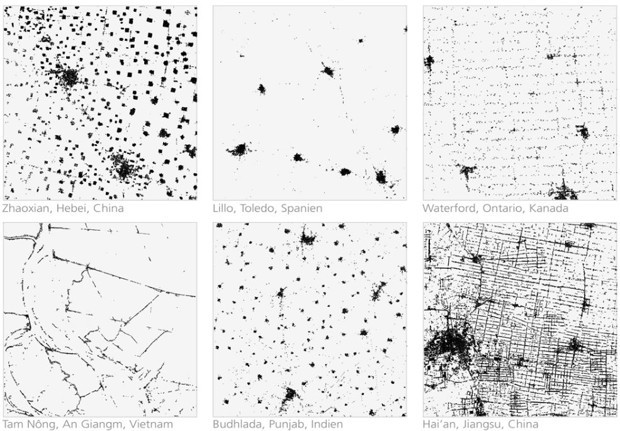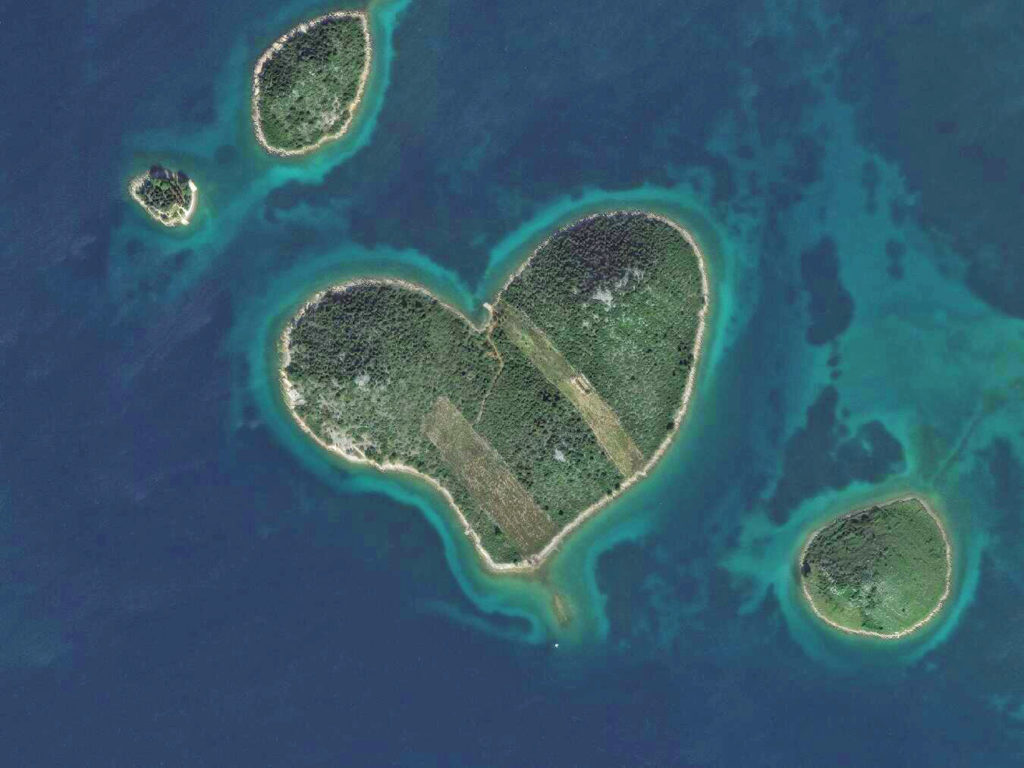
Love from above. Satellite images reveal that love is all around us
Love and geography go together well! These satellite images from TerraServer.com reveal that love is all around us.
Satellite imagery captures the Earth’s landscapes in unexpected forms, often resembling hearts, showcasing nature’s inherent beauty and whimsical patterns. These heart-shaped landscapes serve as captivating reminders of love’s presence in the natural world, evoking a sense of wonder and appreciation for our planet’s diverse and enchanting features.
1. Galešnjak Island, Croatia
Image taken on 2016-10-31, 43.9785357, 15.3811181
2. Sri Sathya Sai Sanjeevani Hospital, Raipur, India
Image taken on 2016-11-03, 21.210944,81.8106802
3. Heart of Voh, New Caledonia
Image taken on 2016-08-07, -20.9368846, 164.654972
4. Three heart-shaped ponds near the Halmstad Airport, Sweden
Image taken on 2015-08-20, 56.679884, 12.812780
5. Heart Lake, Canada
Image taken on 2016-10-10, 45.0189738,-76.9007247
6. Heart Shaped Field in Kingswood, UK
Image taken on 2016-08-30, 51.607267, -2.386522
7. Heart-shaped pond in Strongsville, Ohio
Image taken on 2016-08-03, 41.303921,-81.901693
8. Heart-Shaped Island-South Korea
Image taken on 2015-03-08, 34.781691, 127.557114
Satellite images revealing landscapes shaped like hearts provide a delightful nod to Valentine’s Day, offering unique opportunities to spread love and joy. Consider sharing these images on social media, sending personalized greetings, or even organizing outdoor events centered around these heart-shaped natural wonders. Let these images inspire creativity and foster connections as we celebrate love in all its forms.
Did you like this article? Read more and subscribe to our monthly newsletter!
